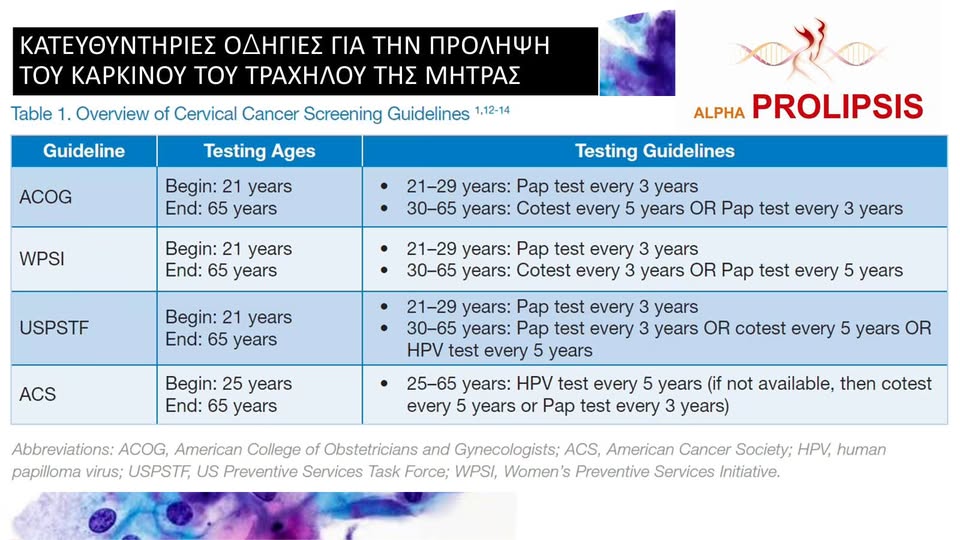Thyroid nodules are thought to be present in about half of all people, but very few of these are cancerous. New research published in BioMed Central's open access journal BMC Cancer presents a set of diagnostic biomarkers which are able to distinguish between malignant and benign thyroid nodules.
Thyroid nodules are first assessed using fine needle aspiration (FNA) cytology. But about a third of results come back as indeterminate and require a diagnostic thyroidectomy. Of these, only about 20% turn out to be malignant. Obviously that 20% require further treatment (usually a full thyroidectomy) but the other 80% have had unnecessary, but currently unavoidable, surgery. If only there was a better way.
Researchers from University of Pisa and Pisa University Hospital, Italy led by Dr. Chiara Mazzanti, have addressed this problem using a Bayesian Artificial Neural Network model to examine gene expression levels from over 90 different FNA. They found eight biomarkers each capable alone, or in combination, to distinguish between malignant and benign samples. In a test group the gene activity set (KIT, CDH1, LSM7, C21orf4, DDI2, TC1, Hs.296031 and BRAF) was able to correctly identify malignant and benign tumours 89% of the time.
Dr Sara Tomei, explained, "Almost half of all the malignant samples (but none of the benign samples) carried the V600E mutation in the gene BRAF. We would recommend that a sample with unclear cytology which contains this mutation be treated as malignant. The gene with the highest predictive power was KIT. KIT activity is turned down in thyroid cancer, so BRAF-normal samples, with low levels of KIT, should also be treated as suspected cancer."
Following on from this, the team suggests that patients' samples with BRAF-normal, but indeterminate KIT activity, be tested against the entire gene activity test. Any remaining ambiguous results can then be tested with the current diagnostic thyroidectomy. Following this stepwise approach, they suggest, could potentially reduce the numbers of people with benign nodules being treated with radical surgery by almost 50%, yet still identify the people who require thyroidectomies to treat their cancer.


